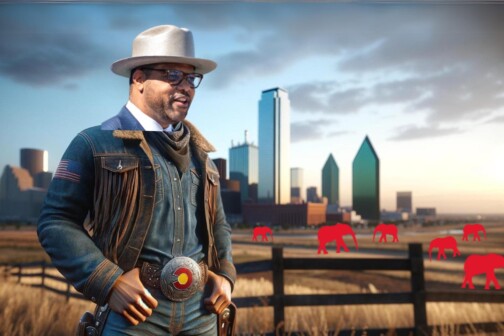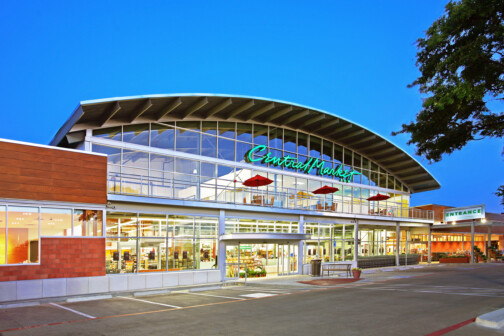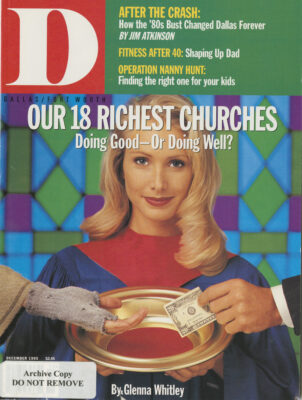IN OCTOBER, A FAMILIAR PROBlem-sparks striking a wood shingle roof-sent five Piano homes up in smoke. Locally, four major wood-shingle fires in the last two years have caused property damage in excess of $10 million. Call it the triumph of aesthetics over safety and good sense.
The roofs, which first gained popularity two decades ago, remain a status symbol in some neighborhoods. Back in the ’70s some homeowners associations even decreed that wood shingles had to be used in their neighborhoods, but in 1979, the state legislature passed a law voiding any-such deed restrictions.
“Basically, it’s one of the worst ways to cover a house. It’s just a look, not a good product,” says Michael Holigan, who hosts the locally produced TV show “Your New House.” Apparently, some cities are waking up to the risks. In October, wood shingles were banned on new homes in Coppell and, at press time, Richardson was considering a similar restriction. Dallas’ fire chief Dodd Miller has asked the city’s public safety committee to consider tougher fire resistance standards on roofing, while Mayor Pro Tern Max Wells is calling for the replacement of all wood shingle roofs on homes in the city within 10 years. And although 13 local cities we surveyed allow wood shingles, all but Addison, Fort Worth, and Garland require that they be pressure-treated with a salt compound to resist fire.
Those now living beneath untreated wood shingles can do little more than hope for warm winters, still days, and no flying embers, A fire-resistant spray exists, but most roofing experts do not recommend it. Bill Davis, University Park’s fire marshal, says the spray washes away after a few storms and makes the wood rigid, which can result in leaks. The spray also can damage the face of the house and plants in the yard. The best bet? Replace your roof at a cost of $10,000 to $15,000 per 3,000 square feet.
Get our weekly recap
Brings new meaning to the phrase Sunday Funday. No spam, ever.
Related Articles

News
White Rock Medical Center Temporarily Stops Receiving Ambulances and DFW Ranks 45th in Latest Hospital Safety Rating
Plus UT Tyler's new dermatology department, Children's Health's honor, and more.
By Bridget Reis

Local News
Mayor Eric Johnson Makes Another ‘Friendly Belt Buckle Bet’
This time its on the Avalanche-Stars game.
By Tim Rogers

Commercial Real Estate
Checking in on HEB’s Plans for the Old Albertson’s in Uptown
The property at Lemmon and McKinney remains undeveloped despite years of announcements and renderings that depicted a $295 million, 25-story mixed use development anchored by a Central Market. What's going on?
By Will Maddox


